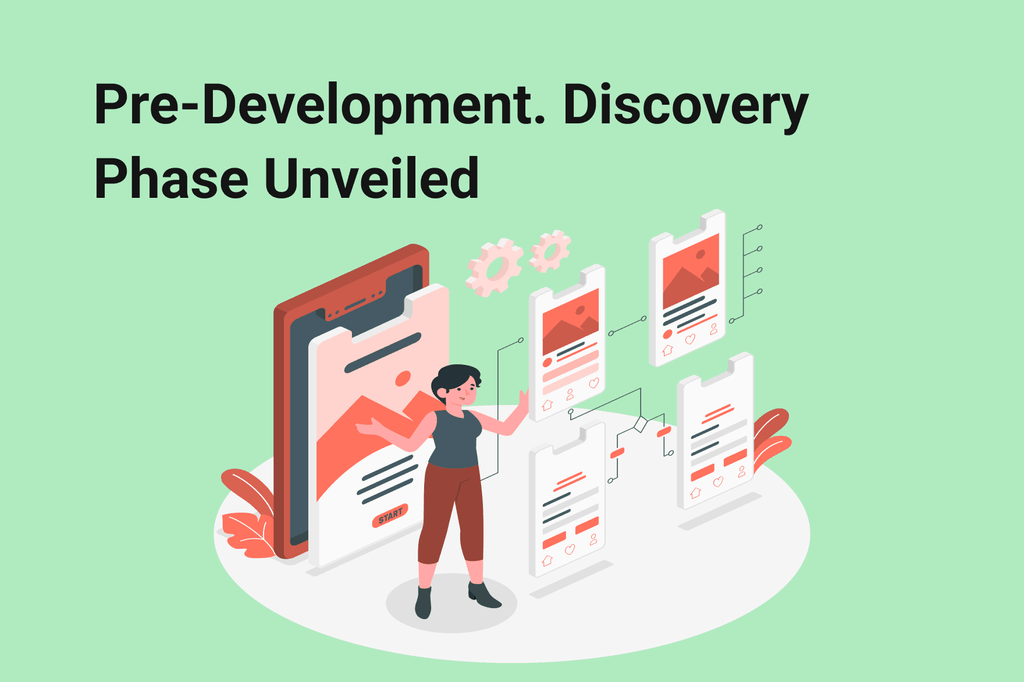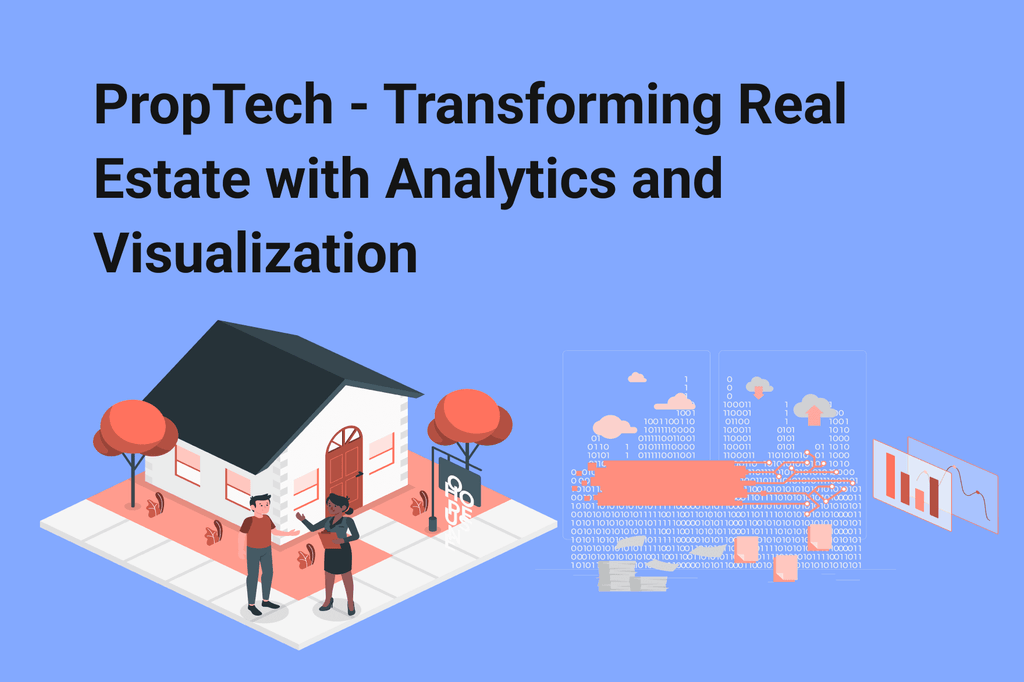
Don’t know where to start?
We will advise you on the best way to realize your idea, leveraging our expertise
FAQ
Why is a pre-development discovery phase essential for a software project?
The pre-development discovery phase is crucial as it lays the groundwork for success. It helps define project goals, understand the market, create user personas, prioritize functionality, choose the right technology stack, and conduct testing. This comprehensive preparation ensures a solid foundation for the app's future development and success.
What is the significance of conducting marketing research during the pre-development phase?
Conducting marketing research is vital to understand competitors, differentiate your app, and identify your audience's considerations. By analyzing competitors' strengths and weaknesses, you can tailor your app to stand out. Knowing your audience allows you to create user personas and better cater to their needs, increasing the chances of your app's success.
How do user personas and user experience maps contribute to app development?
User personas provide a detailed representation of your target audience, including demographics, interests, pain points, and preferences. User experience maps illustrate how users interact with your app. Together, they guide the development process by ensuring the app aligns with user expectations, resulting in a more user-friendly and engaging product.
Table of contents:
Want to estimate your app idea?




